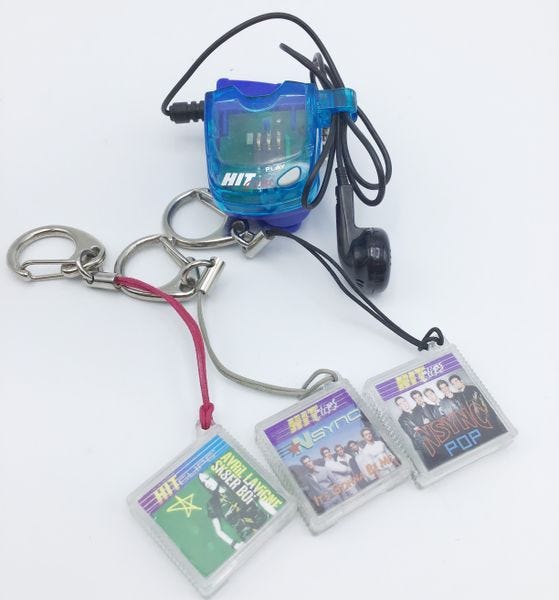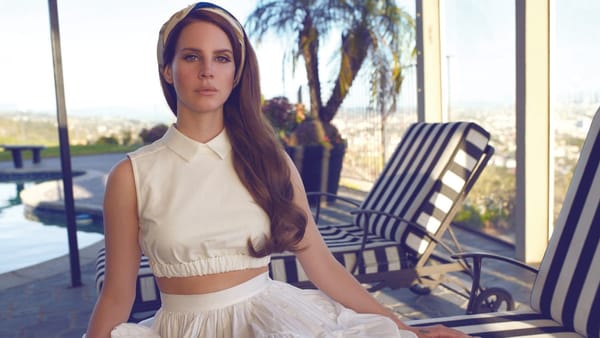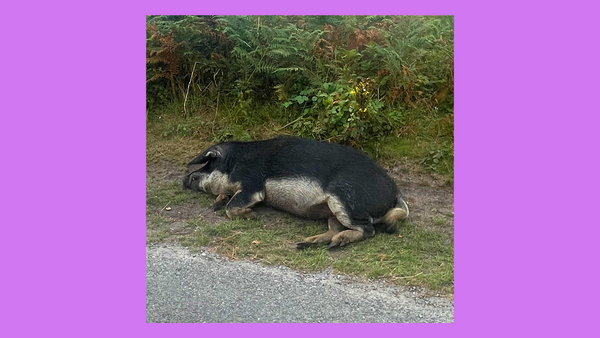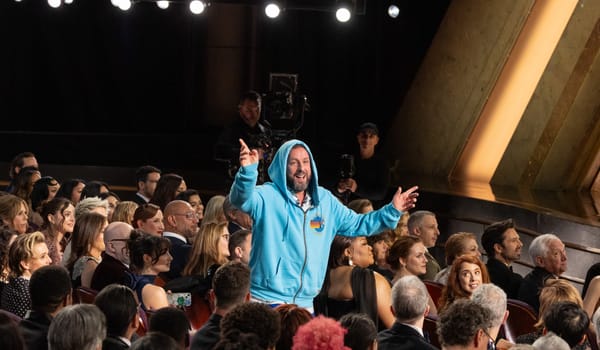It’s time to bring back HitClips
A keychain full of HitClips cartridges was a tiny plastic record collection that you could take with you anywhere.

I’ve been nostalgic for my iPod lately. Back in the mid-to-late 2000s, I would spend hours growing and maintaining my music library, sourcing files from the iTunes Music Store, CDs, and torrents, and meticulously filling out metadata fields. This was half the fun of having an iPod for me. Sure, nowadays it’s great to be able to open Spotify and instantly get access to almost every song in the world. But it’s not really your music, is it?
Before my iPod, I had portable CD players, and before those, I had cassette tapes. And somewhere in the middle, there were HitClips. HitClips—literally short clips of hit songs printed onto tiny, keychain-sized cartridges—were introduced in 2000 and sold millions of units before being tragically discontinued in 2004.

They were a horrible way to listen to music. The cartridges could only hold 60 seconds of a song (the HitClips Disc format introduced in 2003, also just a cartridge despite the name, upped it to 120 seconds). The songs were mixed in mono, and early players had just one earbud permanently wired to the plastic body. And, unless you were exceptionally short, that earbud was impossible to comfortably situate in your ear while clipping the player to your belt.
But what the HitClips machines lacked in elegance, they made up for in personality. A keychain full of HitClips cartridges was a tiny plastic record collection that you could take with you anywhere. It was less about the tinny, 60-second sound file and more about you. You knew that “A Thousand Miles” was a tune. You understood that “Survivor” was a banger. You wondered why things had to be so “Complicated.” HitClips were a way to broadcast to the other kids on the playground that you were in the know.
HitClips died a quick death once iPods—specifically, the iPod mini—caught on. Why carry around a keychain full of music clips when you could keep a thousand songs in your pocket? While a HitClips player at $20 was way less expensive than an iPod Mini at $199, the economics of a song could not be beat: a HitClips cartridge cost $3.99 for a fraction of a song, while iTunes charged just $0.99.
Today, you can pay $9.99 a month for Spotify and get access to over 70 million songs, all in your pocket, putting the cost of an individual track at somewhere around $0.000000143. Spotify does all sorts of things to personalize your listening experience, but it’s not the same as a collection. When everyone has the same music library in their pocket, how can it be personal?
Nostalgia is a disease, and I think we all catch a bit of it when it comes to music. Sometimes, it’s for a past we never knew—I still have a cupboard full of my parent’s old records, plus more that I’ve collected over the years—but we hold a special place in our hearts for the shitty formats that came and went during our youth.
That’s why now could be the perfect time for a HitClips resurgence. Sure, you could spend your adult money on a beautiful stereo system, with a perfectly arranged speaker array and hi-def headphones to listen to the pops and warm fuzz of a vinyl record. Or you could buy a HitClips player on eBay for $50 and listen to 60 seconds of “Hero” through a single earbud. This could be just the thing to save the music industry, at least for a few months; what better way to supplement the measly royalty payouts from Spotify and Apple Music than to charge people $3.99 for a mere taste of your hit record? Fuck it, I would carry around a 60-second clip of Phoebe Bridgers’ “Motion Sickness” on my keychain next to my CVS card. It might just be the chorus, and it might sound like shit, but it would be mine.




